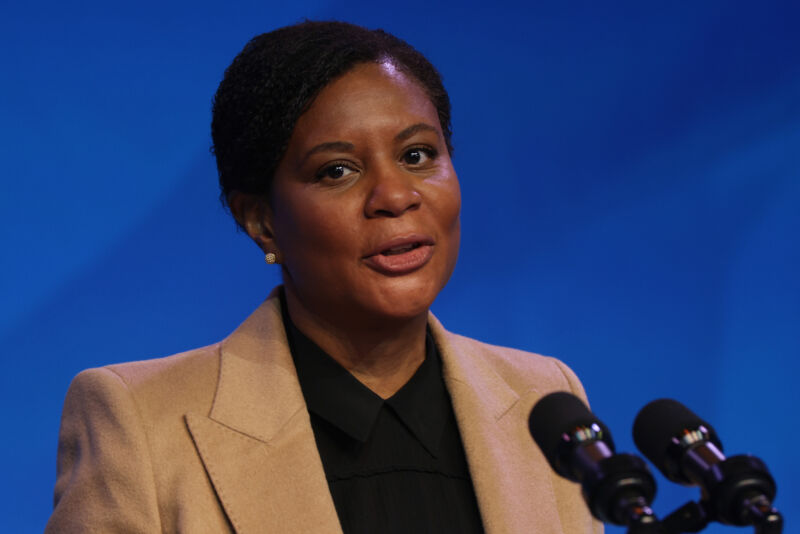Source: NYT > Health
The agency cleared two options aimed at subvariants that are now dominant, hoping to curtail a fall or winter surge.
Source: NYT > Health
The agency cleared two options aimed at subvariants that are now dominant, hoping to curtail a fall or winter surge.
Source: Hacker News
Source: Hacker News
Source: Hacker News
Source: Schneier on Security
I’ve been saying that complexity is the worst enemy of security for a long time now. (Here’s me in 1999.) And it’s been true for a long time.
In 2018, Thomas Dullien of Google’s Project Zero talked about “cheap complexity.” Andrew Appel summarizes:
The anomaly of cheap complexity. For most of human history, a more complex device was more expensive to build than a simpler device. This is not the case in modern computing. It is often more cost-effective to take a very complicated device, and make it simulate simplicity, than to make a simpler device. This is because of economies of scale: complex general-purpose CPUs are cheap. On the other hand, custom-designed, simpler, application-specific devices, which could in principle be much more secure, are very expensive.
This is driven by two fundamental principles in computing: Universal computation, meaning that any computer can simulate any other; and Moore’s law, predicting that each year the number of transistors on a chip will grow exponentially. ARM Cortex-M0 CPUs cost pennies, though they are more powerful than some supercomputers of the 20th century.
The same is true in the software layers. A (huge and complex) general-purpose operating system is free, but a simpler, custom-designed, perhaps more secure OS would be very expensive to build. Or as Dullien asks, “How did this research code someone wrote in two weeks 20 years ago end up in a billion devices?”
This is correct. Today, it’s easier to build complex systems than it is to build simple ones. As recently as twenty years ago, if you wanted to build a refrigerator you would create custom refrigerator controller hardware and embedded software. Today, you just grab some standard microcontroller off the shelf and write a software application for it. And that microcontroller already comes with an IP stack, a microphone, a video port, Bluetooth, and a whole lot more. And since those features are there, engineers use them.
Source: Ars Technica

Enlarge / Alondra Nelson, President Joe Biden's pick for OSTP deputy director for science and society, speaks during an announcement on January 16, 2021, at the Queen Theater in Wilmington, Delaware. (credit: Getty Images)
Many federal policy changes are well known before they are announced. Hints in speeches, leaks, and early access to reporters at major publications all pave the way for the eventual confirmation. But on Thursday, the White House Office of Science and Technology Policy (OSTP) dropped a big one that seemed to take everyone by surprise. Starting in 2026, any scientific publication that receives federal funding will need to be openly accessible on the day it's published.
The move has the potential to further shake up the scientific publishing industry, which has already adopted preprint archives, similar mandates from other funding organizations, and greatly expanded access to publications during the pandemic.
The change was announced by Alondra Nelson, acting head of the OSTP (a permanent director is in the process of Senate confirmation). The formal policy is laid out in an accompanying memorandum.
Source: Latest News
Fayette Co. Public School Administration building.
Source: The Week: Most Recent Home Page Posts
President Biden on Wednesday announced his plan to forgive $10,000 in federal student loan debt for borrowers making under $125,000 a year, "honoring" one of his campaign promises and handing a win (albeit smaller than desired) to the progressive wing of his party.
"When this happens," Biden said Wednesday, "the whole economy is better off."
Pell Grant recipients who make less than $125,000 will be eligible for up to $20,000 in forgiveness. Broad-level debt cancellation will apply to students with "federal loans from undergraduate and graduate programs, as well as Parent Plus loans," The Wall Street Journal writes.
The president also extended the current student loan repayment moratorium, scheduled to expire on at the end of this month, until Dec. 31; borrowers should expect payments to resume in January 2023, the White House said.
Additionally, the administration cut from 10 percent to 5 percent the amount that borrowers enrolled in an income-driven repayment plan must pay from their discretionary income each month.
Progressive Democrats have long urged President Biden to cancel up to $50,000 in student debt per borrower. But Republicans and other critics, meanwhile, fear widespread forgiveness will contribute to rampant inflation, and find it unfair to those who have already paid off their loans or didn't go to college. Superficially, writes The New York Times, "the move could cost taxpayers about $300 billion or more in money they effectively lent out that will never be repaid."
Again, I can see reasons to oppose this move, although you want to compare it not with what we should do ideally but with *what Biden can actually do*. But spare us the inflation scare talk 5/
— Paul Krugman (@paulkrugman) August 24, 2022
Borrowers can expect more details on how to apply for the debt relief program in the coming weeks, a senior administration official told CNN.
Source: The Verge - All Posts

An Ohio judge has ruled that a Cleveland State University’s virtual scan of a student’s room prior to an online test was unconstitutional. The ruling marks a victory for digital privacy advocates around the country, who have spoken loudly against the practices of online test proctoring for many years.
Chemistry student Aaron Ogletree sat for an online test in the spring 2021 semester. Ogletree was asked to show the virtual proctor his bedroom through his webcam prior to the beginning of the test. A recording of the room scan as well as the testing process that followed was retained by Honorlock, the university’s third-party vendor.
Ogletree sued the university on the grounds that the practice violated his rights under the Fourth...